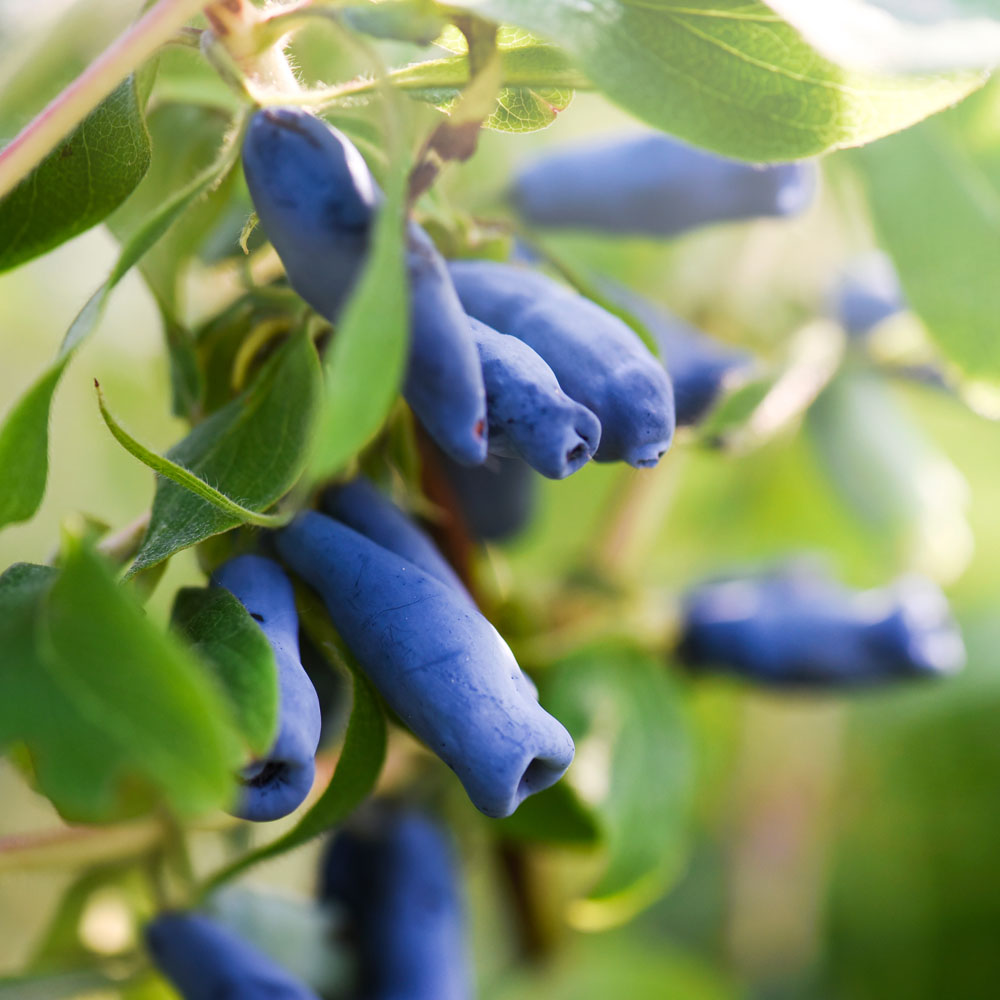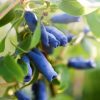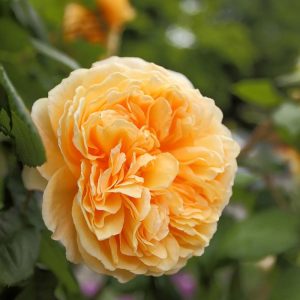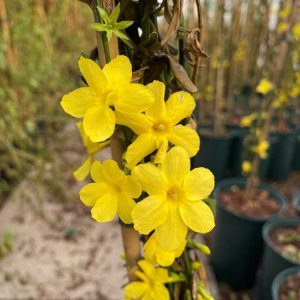Description
Lonicera caerulea is also known as honeyberry or sweetberry honeysuckle, is a deciduous shrub that produces sweet and tangy blue berries that are similar in taste to blueberries. The shrub is native to Russia and Japan, and it is well adapted to cold climates. It blooms in early spring with fragrant yellow flowers, which attract bees and other pollinators. Honeyberry is an easy-to-grow shrub that prefers full sun to partial shade and well-drained soil. It is tolerant of a wide range of soil types, including sandy and clay soils, and is resistant to many common pests and diseases. It can be propagated through fairly easily through cuttings. Companion plants that pair well with Lonicera caerulea include other fruiting shrubs like blueberries and raspberries, as well as native perennials like wild geranium and black-eyed Susan. The shrub’s early spring blooms make it a great choice for planting alongside other early-blooming plants like crocus and daffodils. Overall, Lonicera caerulea is a low-maintenance and productive addition to any garden.
Key Facts
- Common Name(s):Honeyberry ‘Boreal Beauty’
- Hardiness:Fully hardy
- How big will I get? Lonicera caerulea ‘Boreal Beauty’ can grow to a height of 1.2m and a spread of 1.2m.
- Did You Know That:Honeyberry plants are self-fertile, but planting more than one cultivar can increase fruit production and improve the quality of the berries?
Plant Calendar
A rough guide to how this plant will change through the year.
| Jan | Feb | Mar | Apr | May | June | July | Aug | Sept | Oct | Nov | Dec | |
| Flowering Time |  |
 |
||||||||||
| Foliage Colour |  |
 |
 |
 |
 |
 |
 |
 |
 |
| J | F | M | A | M | J | J | A | S | O | N | D |
 |
 |
||||||||||
 |
 |
 |
 |
 |
 |
 |
 |
 |
Care Guide

Soil Requirements
Lonicera caerulea ‘Boreal Beauty’ is a versatile plant and can cope with wet or drier soils, but prefers there to be decent drainage. This plant can grow in soil with a wide range of pH levels, it is not picky about the pH level of the soil.

Best Position
Lonicera caerulea ‘Boreal Beauty’ can handle either an exposed or a sheltered position and requires full sun to thrive, this consists of more than six hours of direct sunshine per day.

Maintenance
Lonicera caerulea ‘Boreal Beauty’ once established doesn’t need much pruning, but can be cut back slightly once it has finished fruiting, trim any young shoots to encourage sideshoots and promote a bushier structure. It shouldn’t be pruned at all for the first few years after planting, other than to remove any dead or damaged growth.

Pest, Diseases and Wildlife
Lonicera caerulea ‘Boreal Beauty’ can have problems with aphids and thrips , it can be vulnerable to certain diseases such as powdery mildews and leaf spot.





